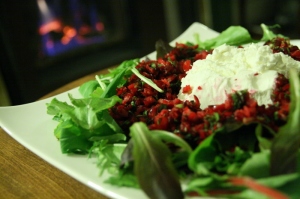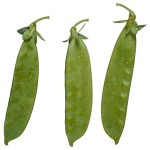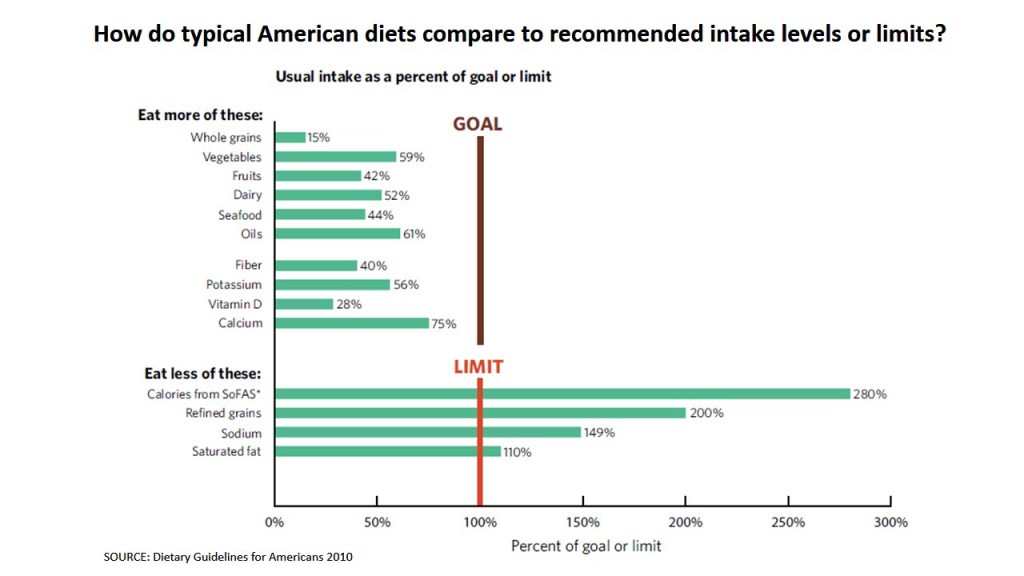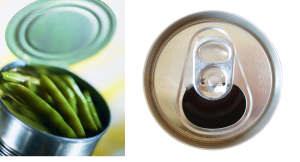This week, read about simplifying fitness, gluten sensitivity, salt and headaches, bogus health claims, women lifting weights, and more.
Simplifying Fitness
Julia Beluz (Vox.com) wrote an excellent piece this week about how we tend to overcomplicate exercise (We make exercise way too complicated. Here’s how to get it right). She summarizes and simplifies what we know into the following five points:
- “If you’re not exercising regularly, doing any activity will help”;
- “Cardiovascular exercise will keep you on the earth for longer”;
- “If you are exercising regularly, mix it up”;
- “Exercise probably wont help you lose a lot of weight — but you need it to keep weight off and stay healthy”;
- “You shouldn’t do extreme workouts all the time”
 The article highlights pertinent research and draws on the expertise of leaders in the field – I highly recommend reading it!
The article highlights pertinent research and draws on the expertise of leaders in the field – I highly recommend reading it!
Along those lines, Dr. Micheal Joyner wrote a blog post on a simple and underrated piece of exercise equipment that is inexpensive, transportable, works on agility, footwork, cardiovascular fitness. . . a skipping rope! It’s nice to see such a simple message from one of the world’s leading experts on human performance and exercise physiology, who has been involved in complex studies of physical activity and performance.
Gluten sensitivity: New Epidemic or New Myth?
Researchers from Upstate Medical Center in Syracuse, New York, join a growing number of scientists raising concern about the the best-selling books spreading misinformation and pseudoscience about the “evils” of gluten and grains. Their article focuses on David Perlmutter’s book “Grain Brain,” which promotes a low-carb/high-fat/high cholesterol diet. Dr. Perlmutter includes a list of 38 different diseases or symptoms, including autism, infertility, and schizophrenia that he believes can be prevented or cured by a gluten-free diet. The book claims that a high-grain/low-fat diet is responsible for obesity (I talked about the lack of evidence for this last week) and many other chronic illnesses.
In their paper, the researchers present evidence-based findings that dispell Perlmutter’s gluten myth. Like most fad diet books, Grain Brain follows the popular formula of promising the reader great health, telling them their health problems are not their fault, that most of the standard nutrition advice is wrong, citing only studies that support their ideas while ignoring those that don’t, and blaming all illnesses on one thing (in this case, grains). (Proc (Bayl Univ Med Cent). Oct 2014; 27(4): 377–378.)
You can read about gluten-free diets for athletes here.
Other Links of Interest This Week:
- Salt, not high blood pressure, may be to blame for that headache. In a secondary analysis of the popular DASH trial (Dietary Approaches to Stop Hypertension), the authors found that study participants were more likely to report headaches when they were consuming a diet high in sodium, compared to when they were consuming a diet low in sodium, and this wasn’t related to the other foods they were eating (standard Western vs. DASH=high in fruits, vegetables). The authors note that sodium may cause headaches through a process independent of blood pressure. (Medical News Today reporting on BMJ Open 2014;4).
You’ll find more information on the DASH Diet here. - Women worried about lifting heavy (or any) weights: be inspired by this 77-y-old power lifter!
- Cookie Science! Jeff Potter examines the science behind making the perfect chocolate chip cookie (Science Friday)
- Questioning the Glycemic Index. A new study suggests that the glycemic index may not influence cholesterol and other heart disease risk factors for people who are already following a healthful diet (the glycemic index is a way of measuring the effect of a food on blood sugar). Although a common conception is that low glycemic diets improve blood sugar and insulin sensitivity, this study found that low glycemic diets might worsen insulin sensitivity. Better to focus oh whole foods like vegetables, fruits, and whole grains, than worry about the glycemic index of a food (which varies by person, and also depends on what you eat the food with). (New York Times reporting on JAMA, December 17, 2014, Vol 312, No. 23).
- You Can’t ‘Turn Fat Into Muscle’. Where does fat go when you lose it? Most people don’t get this wrong . . . (The Atlantic, reporting on BMJ 2014; 349).
- The Save-the-World Diet for Athletes. The Mediterranean diet is a winner in terms of the environment and health – this article says that athletes aren’t following this diet because of it’s low-carb reputation. I don’t know of research that backs this up, and a Mediterranean-style diet includes plenty of plant-based foods (vegetables, fruits, whole grains), which are full of healthful carbs.
- How Exercise Changes Our DNA. Another study adds to the growing body of research showing that lifestyle choices can alter the functioning of our genes. (Gretchen Reynolds, New York Times, reporting on Lindhom et al study in Epigenetics, Dec 2014).
- Televised medical talk shows (Dr Oz and The Doctors) —what they recommend and the evidence to support their recommendations. This study found that about half of the recommendations on Dr Oz or The Doctors have either no evidence or are contradicted by the best available evidence (BMJ 2014; 349)
- Study reveals Montmorency tart cherry juice accelerated recovery after intense cycling. (Applied Physiology, Nutrition, and Metabolism, November 2014)
- How I Train. Insight into the training and nutrition of Kim Conley, Olympian and professional runner. Seems like a good approach – keep variety in training to stress the body, and balanced nutrition. (Lift.com)
- The 8 most bogus health claims of 2014. Good list! Must have been hard to narrow it down to 8 . . . (Julia Beluz, Vox.com)
Share This:













